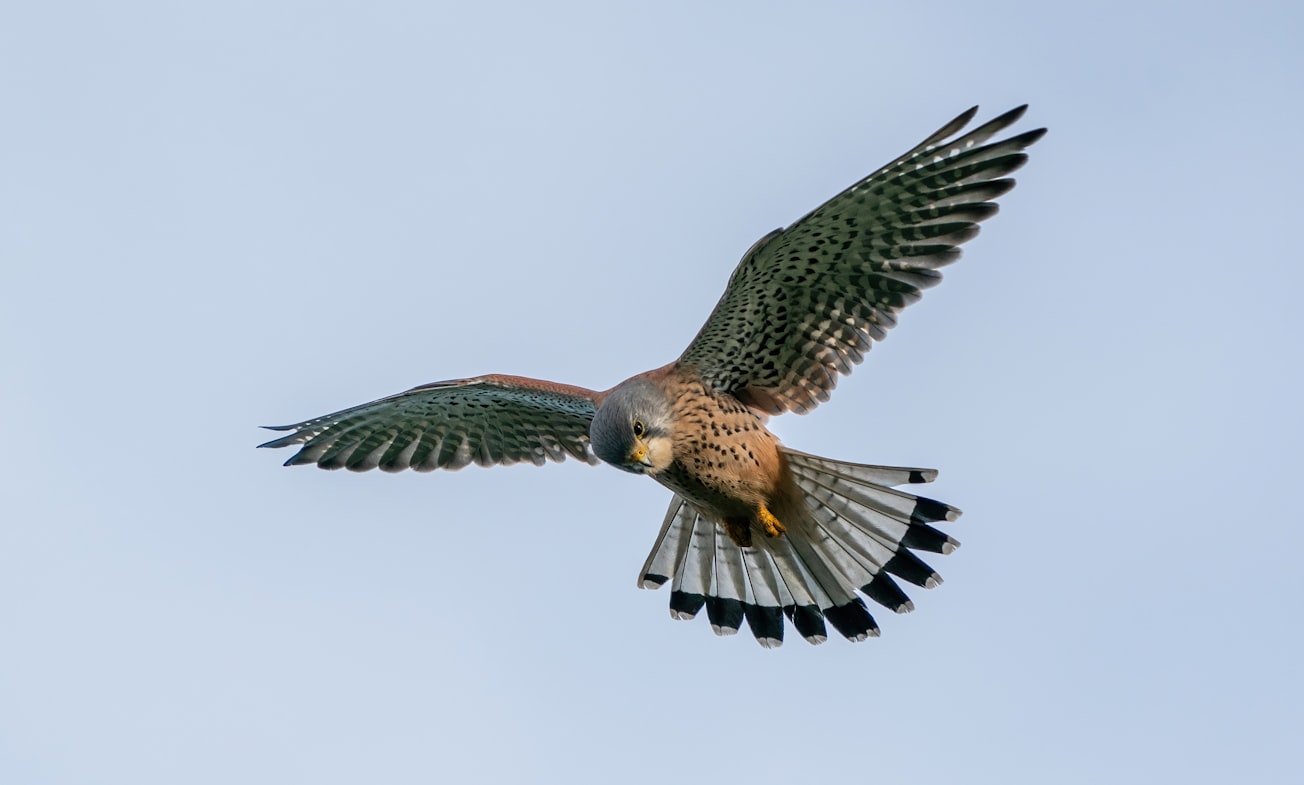What is it about?
A biopesticide made from a fungus called Metarhizium acridum was tested to control an isolated adult desert locust population. We found that after the biopesticide was sprayed, the population of birds that prey on locusts increased. The birds had a preference for the larger female locusts. This helped to reduce the number of locusts even further. There were no negative effects on other animals like ants and other non-pest insects. This shows that using biopesticides can have ecological benefits over traditional chemical insecticides.
Featured Image

Photo by Bob Brewer on Unsplash
Why is it important?
Our research shows that the fungal biopesticide Metarhizium acridum is effective to control adult desert locusts. Before they die, locusts become sluggish and stay on top of the vegetation. This attracts birds which feed on them, but also on locusts not affected by the fungus. Therefore, the combined impact of the fungus and predation by birds is probably more effective than the impact of each of them separately. This can be successfully used in an integrated control strategy in which the application of chemical insecticides can be reduced.
Perspectives
I have studied environmental side-effets of insecticides for much of my professional career. I strongly believe that field research of biological phenomena adds new perspectives which cannot be studied from behind a desk. A recent study which other colleagues and I published confirmed that Metarhizium can be successfully and operationally used against both adults and nymphs during a desert locust upsurge and that there are no valid arguments to continue the use of organosphoshate insecticides in locust control. The combined biocontrol of locusts by fungi and birds is a sustainable alternative.
Wim C. Mullié
Read the Original
This page is a summary of: Increased and sex-selective avian predation of desert locusts Schistocerca gregaria treated with Metarhizium acridum, PLoS ONE, January 2021, PLOS,
DOI: 10.1371/journal.pone.0244733.
You can read the full text:
Contributors
The following have contributed to this page







